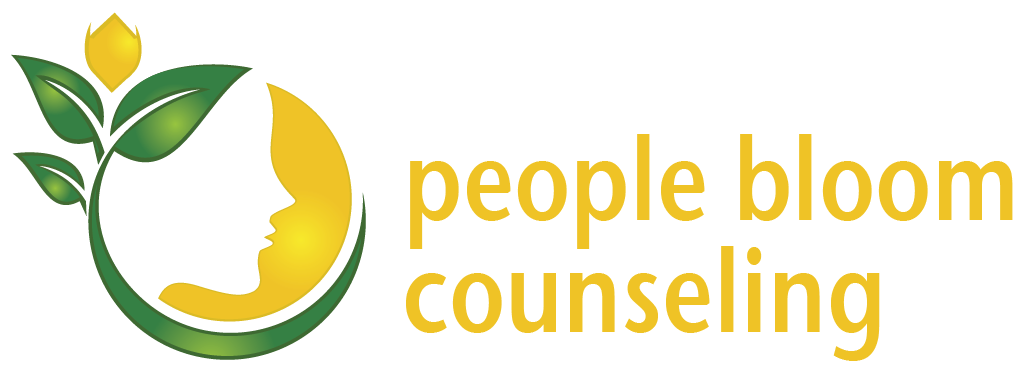Photo by Mike Von on Unsplash
It doesn’t take much to be triggered
We’re still in the middle of a global pandemic and it doesn’t take a lot to get triggered. People are not following social distancing rules. You and your partner can’t agree on how much precaution you need to take. Your parents don’t understand the severity of the situation. On top of all that, there are the stories of George Floyd, Christian Cooper, Ahmaud Arbery and Breonna Taylor. And the list goes on.
The thing is, it’s not a matter of if you get emotionally triggered but when. When you’re triggered, it helps to slow down for a moment and notice the following*:
What is your trigger? What are you reacting to? What is making you feel uneasy, riled up or vulnerable? We do not all get triggered the same way by the same things. Identify your trigger.
What is your body telling you? It takes a fraction of a second for an alarm bell to show up in our bodies. Where are you feeling the sensation in your body? Some people talk about their muscles tensing up, their stomach fluttering, their chest feeling heavy. Your body is trying to tell you something is off. Listen to it.
What do you tell yourself? What often follows is an internal monologue. “Do people know how important it is to wear masks?” “Why is my mom going out again like it’s business as usual?” “Black. People. Dead. Not. Again.” Whatever you tell yourself, notice it.
What are you feeling? See if you can trace an emotion to what just happened. What are you feeling? Frustration. Annoyance. Anger. Indignant. Whatever is showing up, they’re valid emotions.
What else are you feeling? Feelings are like layers of an onion. On the surface, you might be feeling some emotions initially. If we were to really dig deep, we often find that there are deeper emotions like sadness, hurt, fear and pain.
What do you want to do? Like a knee jerk reaction, you might want to yell, to lecture your mom, to seek justice. Whatever you might want to do, know that there’s a difference between wanting to do something and actually doing it.
What do you really need? Is there a resolution you’re seeking?
“I want people to know that as a nurse, we almost lost a dear colleague and we’ve lost too many patients to COVID. The grief is too great. I don’t want to see you in urgent care. Please follow CDC guidelines.”
“Mom, I get scared when you are out and about and not maintaining social distancing because I don’t want to lose you.”
“Black. Lives. Matter. We don’t get to stop spreading this message, not even for a health pandemic. We’re tired of losing our men and women. We’re sad and we’re afraid. We need you to know that we matter, not in spite of our skin color but simply because we do. We. Matter. We are an important part of society.
Slowing down and taking notice
Often, we go from trigger to action in a matter of seconds without really slowing down and noticing what’s going on for us. When you do take stock of your trigger, your body’s response, your narrative, your feelings, your action tendencies and your needs, you might find that there are various ways to deal with an external situation that that you initially may have felt you have no control over. Even if you were to notice just some of these elements, that’s still more helpful than none at all.
This is an exercise that needs to be experienced, rather than intellectualized. Whether it’s a systemic problem in the world or an issue in your relationship or in your individual life, how you respond to triggers is important. If you’re feeling stuck and you need help figuring out your responses, our counselors are here to help.
With a heavy, heavy heart,
Ada
*Ideas borrowed from Emotionally Focused Therapy (EFT) for couples and individuals.












